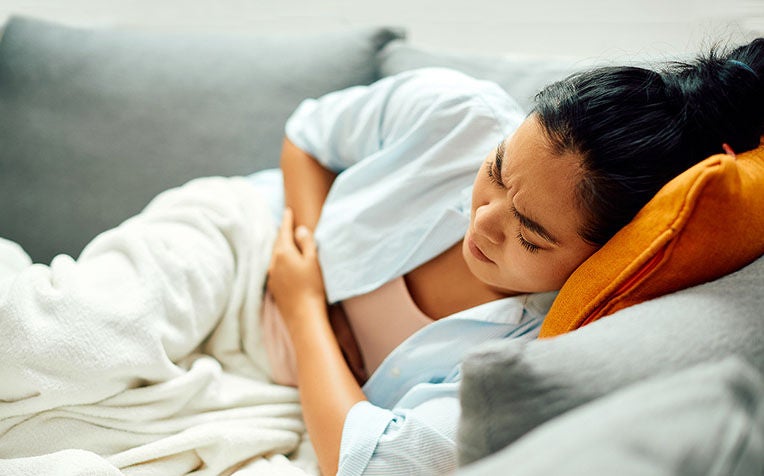
Endometriosis affects 1 in 10 women globally. Common signs of endometriosis include painful periods (also known as dysmenorrhea) and infertility.
Endometriosis can occur in minimal amounts (stage 1) through to severe amounts (stage 4).
"In endometriosis, the lining of the womb (endometrium) appears in other places in the body and causes problems as a result. Most commonly, endometriosis occurs inside the pelvic area and attaches to the ovaries, the ligaments behind the womb, the tissue layer lining the pelvis, the bladder and ureters or the bowel," explains the Department of Obstetrics & Gynaecology from Singapore General Hospital (SGH), a member of the SingHealth group.
The cause of endometriosis is still unknown. Adenomyosis is endometriosis in the muscle layer of the womb itself.
Symptoms of endometriosis
Endometriosis may cause pelvic pain or problems with fertility although many women with endometriosis have neither pain nor fertility issues. Having more endometriosis doesn’t mean you will have more pain, as women with only a minimal amount can have more pain than some women with severe disease.
Pelvic pain in endometriosis is mostly associated with menses and occurs on a monthly basis. However other significant symptoms may be:
Pain felt deep inside the vagina during or after sexual intercourse and
Pain during opening of the bowels
These also tend to be worse during the menses. Pain can also occur throughout the month and may then be described as chronic pelvic pain.
Although it is normal to have some discomfort during menses, it is not normal to have pain that is not relieved by simple pain-killers or that forces you to take time off work or miss social events. This level of pain may suggest that you have endometriosis and should seek medical help.
Diagnosis of endometriosis
The average age of onset of pain symptoms in endometriosis is 20 years old but the average age of diagnosis is age 28. This is because many women ignore the pain symptoms because they think it must be normal and do not wish to appear as if they are complaining.
Your gynaecologist may suspect you have endometriosis after asking about your symptoms. Often your doctor will arrange for you to have an ultrasound scan which can diagnose endometriotic cysts in ovaries. A trained endometriosis scanner can sometimes detect severe endometriosis in other areas also.
However, minimal to moderate endometriosis often cannot be detected by any test or scan. The only way to diagnose it is to undergo a diagnostic laparoscopy (keyhole surgery) under general anaesthetic.
If your doctor suspects you have more severe disease affecting the bowels, bladder or ureters, you may need further specialist tests to assess the problem.
Endometriosis may be linked to fertility problems
When we look at women who are struggling to become pregnant, we find that a greater number of them have endometriosis than we would expect to find in the general population. This suggests a link between endometriosis and subfertility but this is poorly understood.
Rarer forms of endometriosis
In more rare cases, you may have bleeding from the back passage or bleeding when you pass urine during menses, suggesting that endometriosis is affecting the rectum or bladder.
Cyclical pain during menses in an old operation scar (eg: caesarean section scar) may suggest that endometriosis has grown in the scar. Coughing up blood during your menses may indicate lung endometriosis, which is very rare.
Read page 2 to find out how endometriosis can be treated and how it impacts fertility.
Ref: S13
Check out other articles on endometriosis:
Why You Shouldn't Ignore Severe Pain During Menstruation
Endometriosis: Possible Complications

















 Get it on Google Play
Get it on Google Play